US Army's "Half Pull" Self-propelled Antiaircraft Gun:M42 "Scavenger"
The following article comes from Caiyun's mechanical preparation room. The author's Caiyun
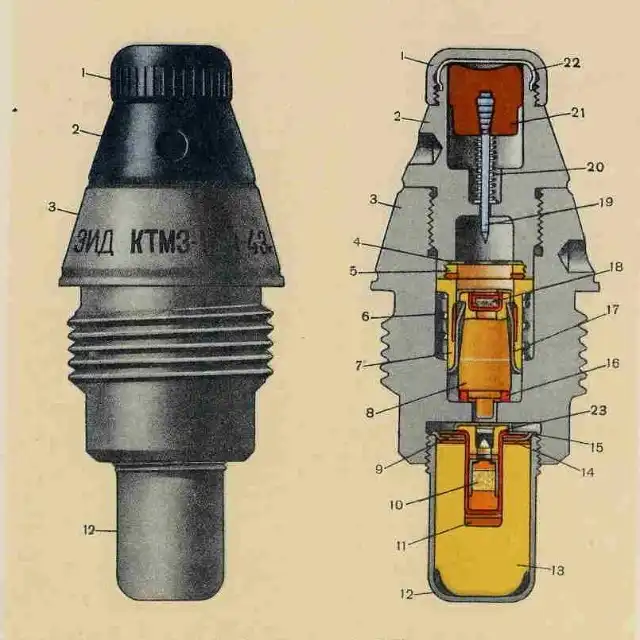 Caiyun's mechanical preparation room.
Caiyun's mechanical preparation room.
Introduce knowledge related to various modern mechanical equipment, including related surrounding film and television works and video games.
 M42 "Scavenger" Self-propelled Antiaircraft Gun
M42 "Scavenger" Self-propelled Antiaircraft Gun
Perhaps it was because the U.S. Army Air Force and later the U.S. Air Force were too powerful, coupled with the fact that the United States repeatedly overturned and capsized in the research and development of the Army's field air defense weapons during the Cold War, many people gave "reasonable explanations" that they had air supremacy, and the U.S. Army never cared about field air defense.
In fact, not necessarily. The US military put a lot of thought into the Army's field air defense weapons during World War II. There were half-track self-propelled antiaircraft guns/anti-aircraft machine guns such as the M15 and M16, and many more that were put on the test ground but did not have time to put into production for the war. After the war ended, the U.S. Army also invested a lot in self-propelled anti-aircraft artillery. However, due to various reasons, not many of these projects were eventually completed. In the end, many of them were either put into a semi-drag state and put together a transition plan using existing equipment. The M42 "Duster" self-propelled anti-aircraft artillery to be introduced today belongs to such a semi-drag thing.
The first thing to talk about is a prequel to the M42 antiaircraft gun, the M19 self-propelled antiaircraft gun. This model was developed at the end of World War II. It used the M24 "Joffrey" light tank chassis, changed the engine to a center position, and installed at the rear of the car body an open turret with a twin-mounted Bofors 40mm/L60 antiaircraft gun. It is the simplest crawler chassis + antiaircraft gun. It has no radar or fire control. It is just a large self-propelled antiaircraft machine gun that can walk. Because it was developed too late, World War II was coming to an end when the M19 was officially put into production, so it did not catch up with World War II.
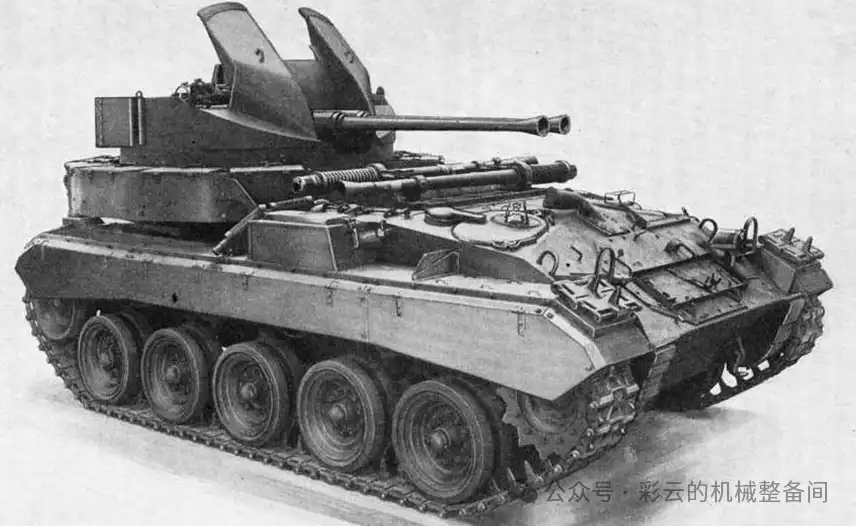 ▲ M19自行高 炮
▲ M19自行高 炮
The M19 self-propelled antiaircraft aircraft did not catch up with World War II, but it became a very threatening flat-fire fire support vehicle during the Korean War. Together with the M15 and M16 semi-track self-propelled antiaircraft/high-altitude aircraft, it became a weapon extremely feared by the volunteer infantry.
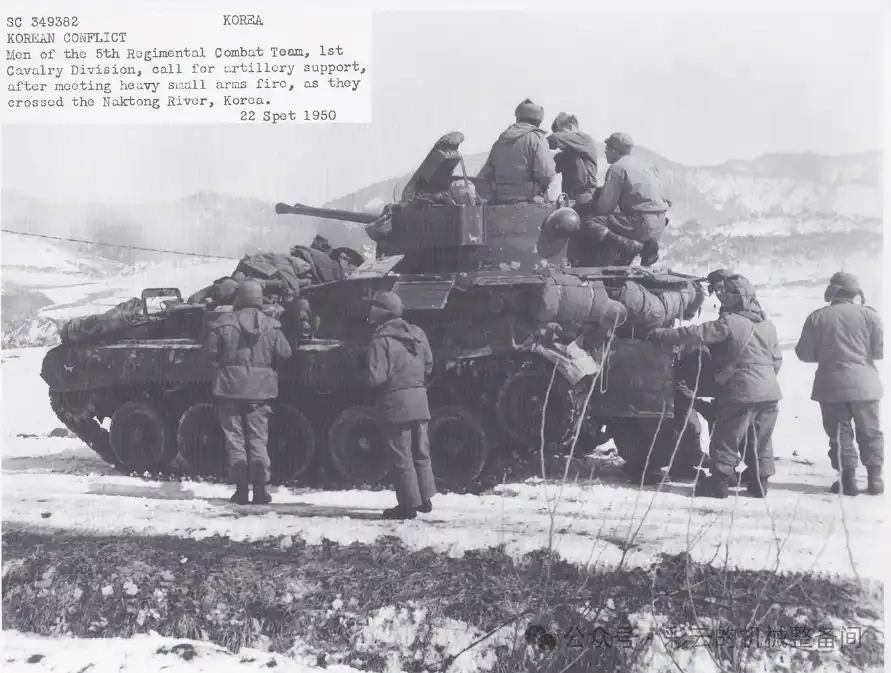 ▲在朝鲜战场,平射的M19自行高炮给志愿军带来重大威胁。
▲在朝鲜战场,平射的M19自行高炮给志愿军带来重大威胁。
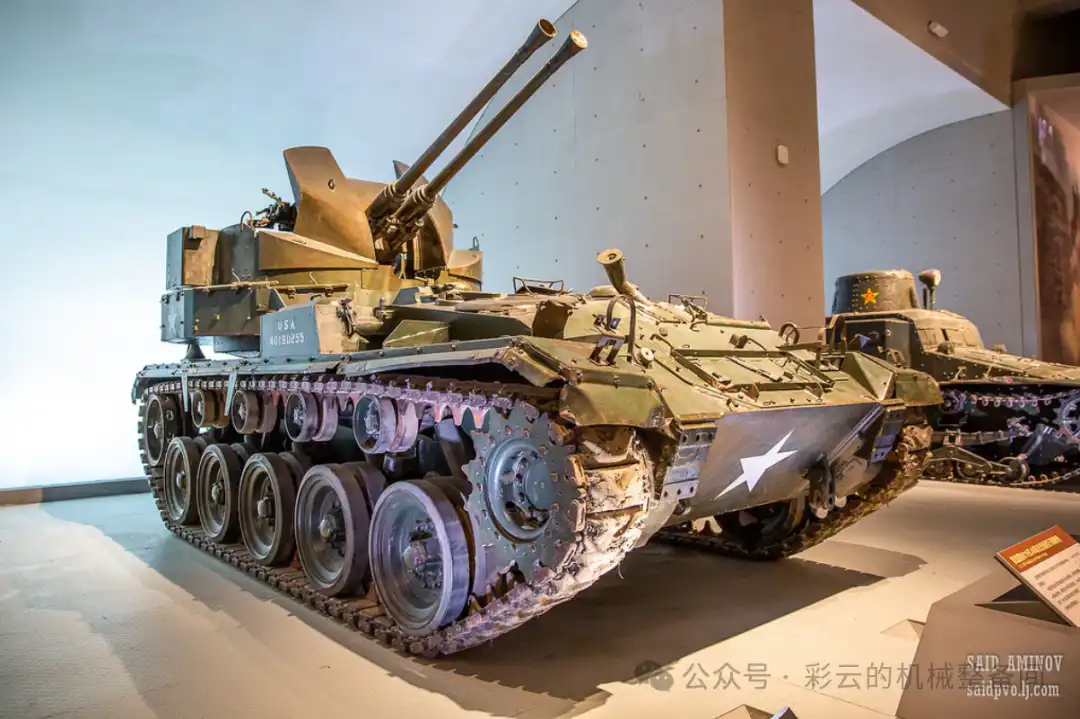 ▲逞凶的结果就是成为战利品——从朝鲜战场缴获,放在北京军博的M19自行高炮。
▲逞凶的结果就是成为战利品——从朝鲜战场缴获,放在北京军博的M19自行高炮。
The second prequel to the M42 is closer to the M42. In 1948, the U.S. Army developed a new self-propelled air defense weapon. The chassis borrowed the T41 light tank chassis being developed. The weapon part used the T17E5.60-inch aircraft machine gun developed by Land Aviation Corporation at the end of World War II. The entire turret was equipped with four T17E5s and an independent gun-sighting radar. This test vehicle received the test number of T100 in 1950, which is obviously much more advanced than the M19 with two Bofors 40mm guns mounted on a tracked chassis. It has radar fire control, but due to many flaws in the T17E5 machine gun itself, it was finally dismantled. The T100 project also died halfway.
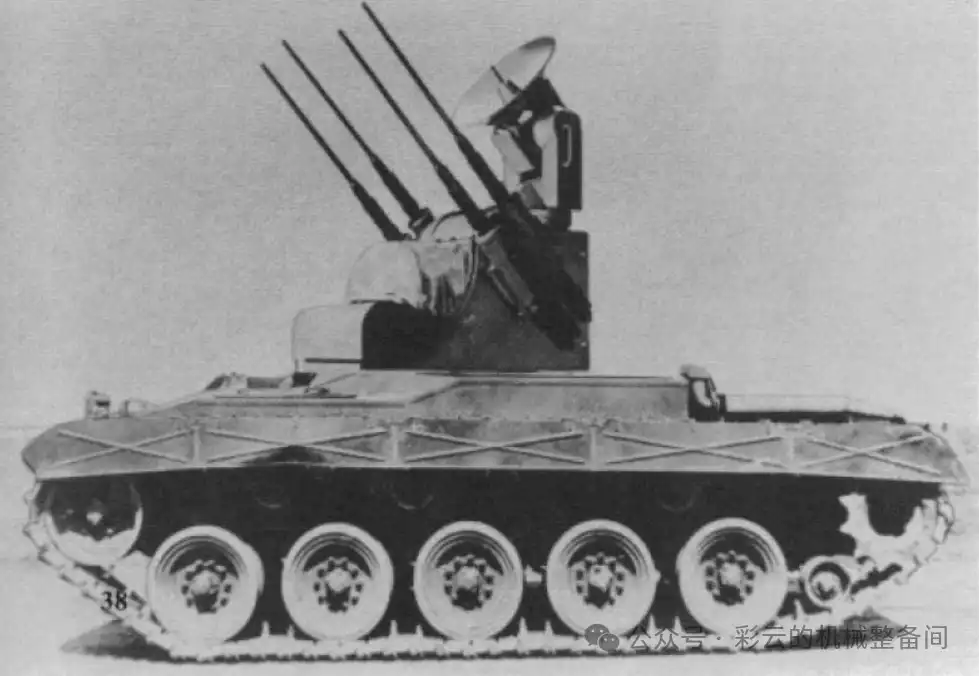 ▲夭折的T100自行高炮,武器是4挺T17E5 .60英寸机枪。
▲夭折的T100自行高炮,武器是4挺T17E5 .60英寸机枪。
Then in 1951, the U.S. Army decided to use the relatively mature Bofors 40mm anti-aircraft gun, plus an independent radar fire control system, and paired with the T41 light tank chassis (at this time it should be the M41 "Walker" light tank chassis) to develop a 40mm self-propelled anti-aircraft gun.
Due to the large size of the radar fire control system and difficult to integrate it with the artillery on a chassis, the project adopts a design plan that the artillery and fire control are divided into two chassis. The dual Bofors 40mm antiaircraft gun and the gun aiming radar are mounted on one chassis, called the T141E1 dual mounted 40mm self-propelled antiaircraft gun. The search radar and other fire control systems are mounted on another chassis, called the T53 fire control vehicle. In combat, the T53 fire control vehicle serves as a command vehicle to direct the T141E1 shooting. Before the successful development of the T53 fire control vehicle, the T141 dual-mounted self-propelled antiaircraft without radar fire control was first designed as a transition plan. After the fire control system was developed, the entire system would be fully equipped.
However, with the U.S. Army's consistent exaggerated style of aiming high, greedy for perfection, looking at the mountains at the top, and breaking corn with blind bears, in the end, the T53 fire-control vehicle and the T141E1 with radar were ruined. Therefore, in 1953, they could only mass produce the T141 double-mounted self-propelled antiaircraft originally used for transition without radar. It was called the M42 self-propelled antiaircraft, nicknamed the "Sweeper". But the real mass production was the M42A1 that was switched to the AESI-895-5 fuel direct injection engine. Not much of the original M42 was produced.
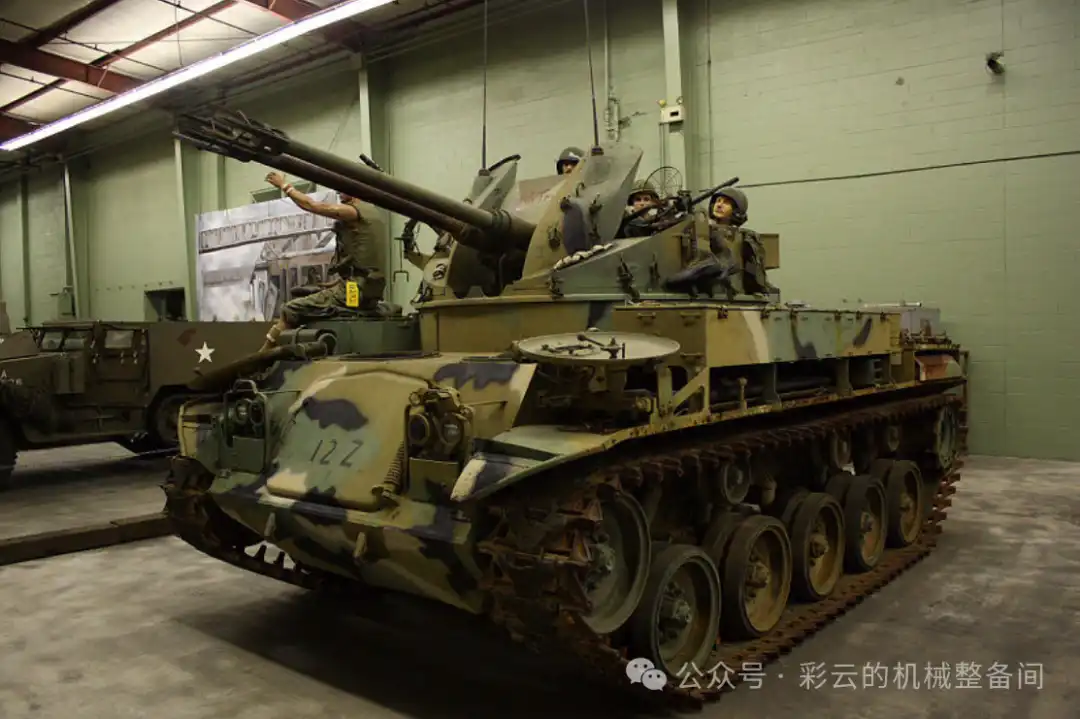 ▲博物馆中的M42A1“清道夫”自行高炮实物
▲博物馆中的M42A1“清道夫”自行高炮实物
The firepower part of the M42 is still two Bofors 40mm/L60 anti-aircraft guns, which are operated by four gunners in the open turret. In addition, the driver and captain in the car body make the whole vehicle a total of six people. Since the T141E1 with fire control radar is yellow, the M42 is a half-pulled project. Its aiming device only has the M38 vector sight, and its working mode is as follows:
Based on the air situation information provided by his superiors, the gunner used a telescope to visually search. After discovering the target, he roughly estimated the target tilt distance, course, speed and rise/fall angle, and manually loaded these data into the M38 vector sight;
The action of setting the elements of the M38 vector sight is to drive the electromechanical equipment to deflect the sight in the horizontal and vertical directions relative to the axis of the barrel, giving the target's tilt scale and advance;
The gunner pressed the reflective sight cross score on the M38 vector sight against the target. Since the sight has already been installed with the ruler and advance, the fire can be fired when the target enters the effective killing tilt distance. If the setting data is correct, if the target does not maneuver significantly, it should be possible to hit.
If it is found to have missed after shooting, the gunner visually tracks the trail of the tracer bullet, manually corrects it, and continues shooting.
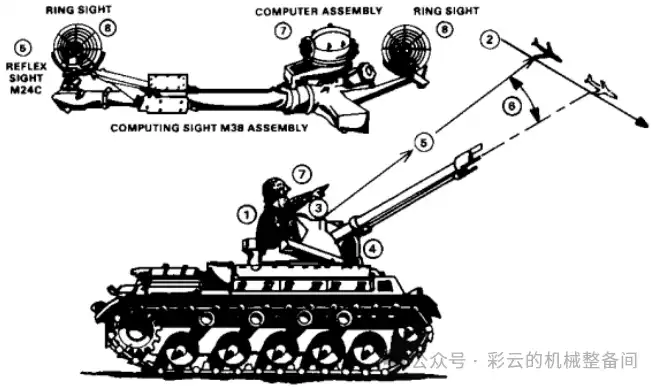 ▲M38向量瞄准具的基本原理,人工输入目标诸元,取出提前量。
▲M38向量瞄准具的基本原理,人工输入目标诸元,取出提前量。
It can be seen from this set of procedures for searching, measuring data, setting data, and shooting that the shooting method of the M42 "scavenger" is not much different from the "large self-propelled anti-aircraft machine gun" with crawler chassis + anti-aircraft artillery in World War II. At the same level as the Soviet Union's ZSU-57-2 self-propelled anti-aircraft artillery, it only solves the basic requirement of having the anti-aircraft gun mounted on the crawler chassis and moving with the armored troops. As for independent air search, automatic measurement of data, automatic setting of firing data, and all-weather combat, None at all.
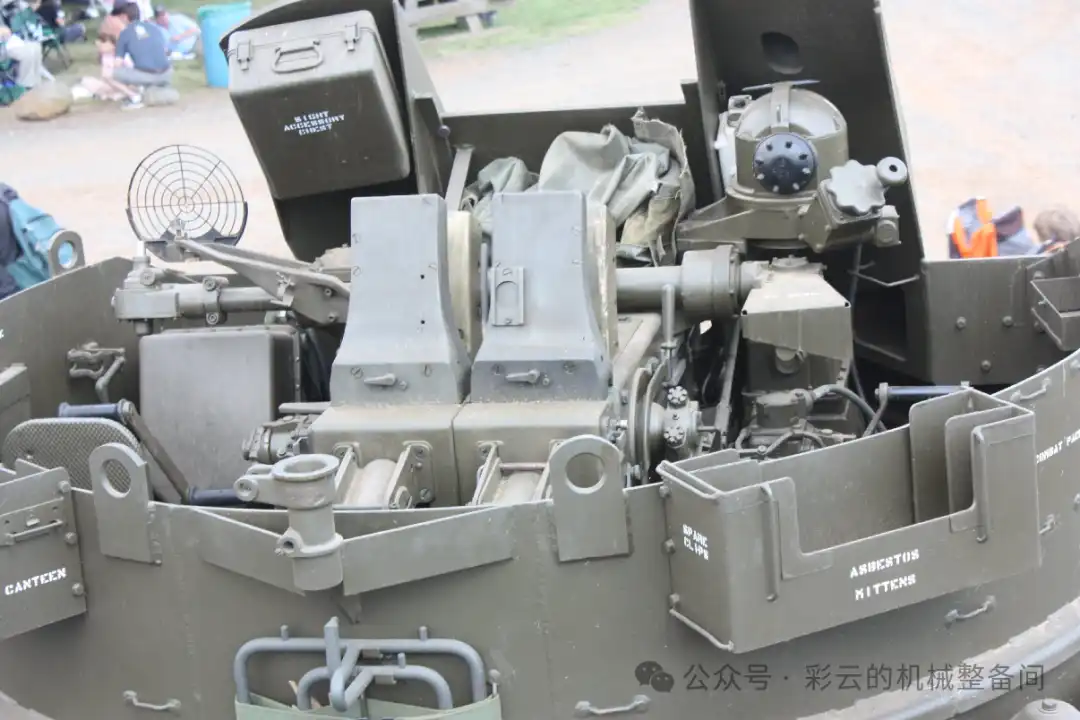
The M38 vector sight is mounted above the twin-mounted Bofors gun. The hairspring sight is usually not used, but if the vector sight is damaged, you can only use the concentric rings of the hairspring sight to blindly estimate it.
In fact, the M42 should not look like this, but who told it that its supporting fire control radar and command vehicle were all yellow? Wouldn't that leave only a track chassis and two gun barrels?
But even such half-drag self-propelled antiaircraft guns have been the main self-propelled antiaircraft guns of the United States, NATO countries, as well as many pro-Western countries and regions for a long time. They have been used for a long time, including Japan, South Korea, and Taiwan around China, the three abnormal regimes raised by the United States.
However, the M42 self-propelled anti-aircraft artillery is not useless at all. On the Vietnam battlefield, it has found the same use as its predecessor M19 self-propelled anti-aircraft artillery, which is to "level the anti-aircraft artillery". The total rate of fire of the two Bofors 40mm guns can reach 240 rounds/minute. The anti-personnel grenades fired have devastating effects on Vietnamese infantry, especially guerrillas that lack heavy weapons.
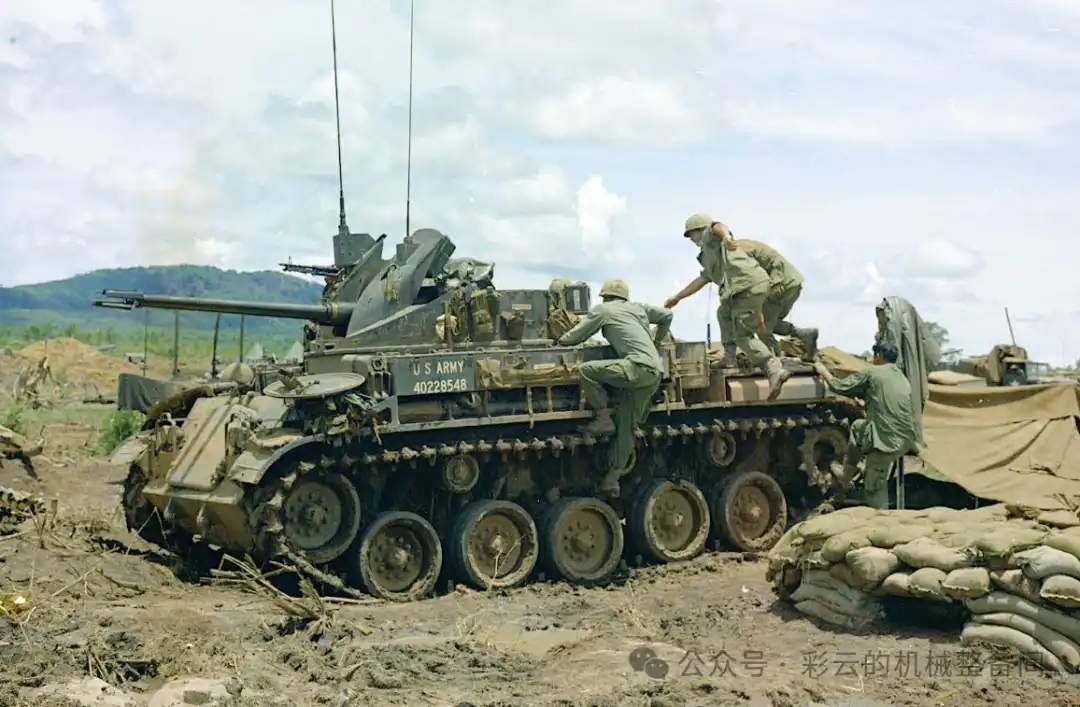
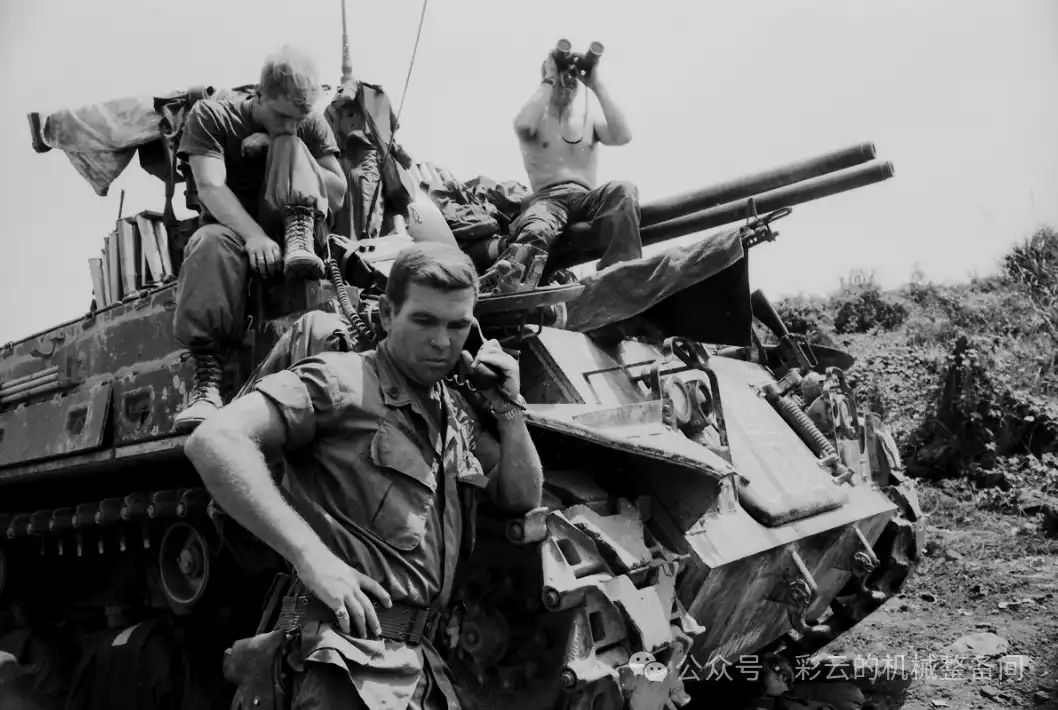

 ▲在越南战场当平射火力支援车的M42自行高炮
▲在越南战场当平射火力支援车的M42自行高炮
It's not that the U.S. Army doesn't know that the M42 is unreliable, but the T249 "Minzu League Member" 37mm six-barrel Gatling self-propelled antiaircraft artillery and the MIM-46 "Boxer" field air defense missile system that tried to replace it were split due to their poor project management capabilities as usual. Finally, a transition plan was developed, namely, the M163 "Vulcan" self-propelled antiaircraft artillery and the MIM-72 "Xiaoyushu" antiaircraft missile system. I have scolded these two precious things before, so I won't scold them anymore here.

Strong! Bird's same fabric!防雨又防风,上身有型又舒适!
鸟家同款经典格纹面料(同面料商、同面料),Make the fabric both flexible and rigid, windproof, water-splashing and scratch resistant,上身有型又舒适

It was suddenly warm and cold, and it was the season to wear windproof clothes and pants again. Protect yourself from sun on sunny days and prevent light rain on rainy days;** Wear it to cook without getting dirty, eat hot pot without leaving oil stains, and it also comes with freshness and freedom.
